Restoration of the century - the winners
Our panel of judges has spent the summer visiting an outstanding series of restoration projects for this competition sponsored by Jackson-Stops & Staff

John Goodall introduces the regional winners:
It seemed to me that, in this competition, the judges were unusually sorry to have to choose their winners. In large part, this was because visiting the 15 shortlisted properties across the five regions of England was so inspiring (Country Life, May 26). In every single case, there was an exemplary restoration to enjoy and a fascinating story to engage with.
But, more than that, we met passionate advocates at every house we visited, people who had coaxed life out of buildings that were metaphorically or literally ruinous. Their work had often been done in the face of the most extraordinary odds and with immense care and labour. If the competition aimed to bring home the diversity, quality and sensitivity of restoration projects across the country, the finalists proved the point. What the selected winners perhaps additionally underline is the social regenerative potential of restoration.
North: Wentworth Castle
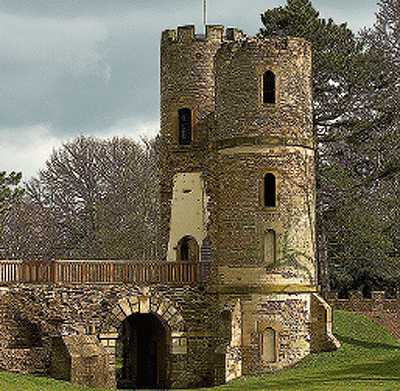
Tim Knox writes
I first went to Wentworth Castle more than 20 years ago, and found the great demesne a squalid wreck surrounded by open-cast mining, many of its 26 ornamental buildings -delicious things such as a rotunda, a mock castle and a large obelisk commemorating the introduction of the smallpox vaccine by Lady Mary Wortley Montagu-blackened shells or collapsing altogether.
The great, gaunt house was an adult-education college, and all the windows of the church had been smashed. A very different scene now greets the visitor. A dedicated trust of local enthusiasts- including men who once worked in the mines that undermined the estate-has been coaxing the great estate back to life since 2002. The home farm and church have been reroofed and repaired, the house and many of the monuments cleaned, the rotunda and Stainborough Castle restored and ravaged vistas opened up. A real tonic for an area plagued by social and economic deprivation.
Exquisite houses, the beauty of Nature, and how to get the most from your life, straight to your inbox.
South: The Grange
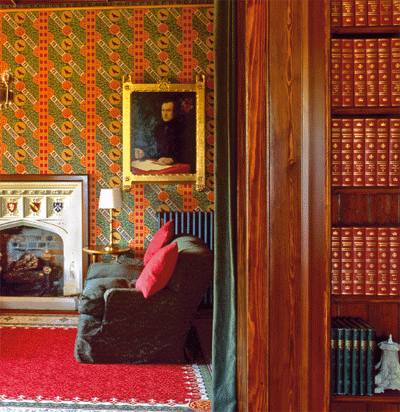
Sophie Andreae writes
The painstaking rescue of The Grange, the house of A. W. N. Pugin (1812-52), by the Landmark Trust, is an inspiration. Underpinning the work was the intention that the house-which has a complex building history and has undergone several damaging alterations-be broadly returned to its original condition. The result is exemplary.
It shows what can be achieved when a restoration is guided by in-depth research, not only in the archives, but using the fabric of the building itself as evidence. The work has been carried through with real attention to quality and a truly impressive eye for detail.
The carefully re-created wallpapers, joinery and other elements lend real authenticity. Landmark's triumph, however, goes further than the house itself. The restoration of The Grange is helping to promote a wider interest in Pugin and his astonishing achievements. Encouraging this broader audience can only be good news for Ramsgate as a whole.
East: Stowe
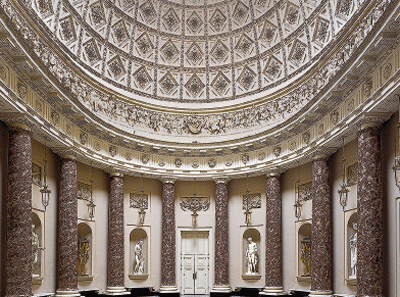
Will Palin writes
The Marble Hall at Stowe, with its elliptical coffered dome and august triumphal frieze, is an interior both epic in scale and exquisite in detail. It is rightly considered one of the great achievements of British neo-Classicism.
However, until the Stowe House Preservation Trust began its ambitious restoration project in 2003, this famous interior was a shadow of its former self-the plasterwork cracked and discoloured, and the sculpture, lanterns and Atheniennes (incense burners) long absent from its niches. Under the careful guidance of architects Purcell Miller Tritton, the hall was gradually and lovingly reanimated.
The delicate plasterwork was repaired by Cliveden Conservation and replacements for the missing Classical statuary were sourced from the cast collection of the state museum in Berlin. In what was the final touch, Mark Stowe fabricated perfect copies of the lost Atheniennes, from one surviving example.
The result of this exemplary restoration project, generously funded by the World Monument Fund and the Heritage Lottery Fund, has been to return life and meaning to this heroic interior of international significance.
West: Eardisley
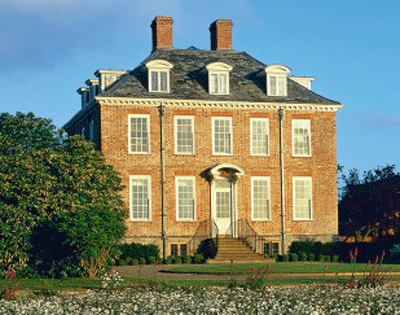
John Goodall writes
In January 1999, Eardisley Park burnt to the ground. Nothing daunted by the scale of the disaster-which left only the charred and broken shell of this 1700 house standing -the owners bravely determined to rebuild their home. On two counts, their work can fairly be considered a restoration rather than a re-creation. First, because it has respected the original fabric wherever possible. All the facing bricks, for example, were salvaged and reused from the original house. Second, because they have aimed to reflect in the present building the history and architectural evolution of the house. As it stands, therefore, it is an impressive evocation of a Queen Anne house adapted in the early-19th-century style with a bow window to the rear. The final product speaks for itself: a wonderful country house with a patina of age that might easily trick the eye of the most keen-sighted enthusiast.
Internally, the restoration has been sympathetic and careful. The work was overseen by Donald Insall Associates and the building undertaken by local firm I. J. Preece and Son.
London: Spitalfields - Overall winner
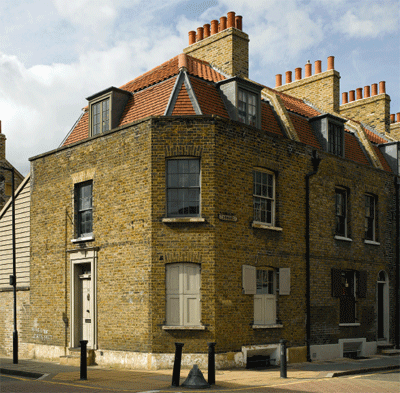
Loyd Grossman writes
An imaginative, poetic, innovative and economically sensible restoration, the Spitalfields Trust project exemplifies the profound contribution even modest historic buildings can make to our townscapes and quality of life. It shows the power that a small group of dedicated and creative individuals has to change things for the better. Instead of an anonymous development, we have highquality housing that has created an attractive streetscape and a delightful place to live.
Craftsmanship award
The quality of craftsmanship among the finalists was consistently of outstanding quality. Nevertheless, the judges agreed that the conservation of panelling and plasterwork at Wardington, Oxfordshire, following fire and water damage, merited particular mention as restoration work. The former was the creation of Mrs Randall Wells (née Molly Cochrane). She was the wife of architect Randall Wells, who undertook the adaptation of the house from 1917, and was the founder of the craft guild of St Veronica. The work was overseen by Rodney Melville and Partners.
People's choice: Shilstone
Over the course of the competition, Country Life readers have had the opportunity to vote for their favourite restoration from the shortlist of finalists. The outright winner was the restoration of Shilstone in Devon.
Country Life is unlike any other magazine: the only glossy weekly on the newsstand and the only magazine that has been guest-edited by His Majesty The King not once, but twice. It is a celebration of modern rural life and all its diverse joys and pleasures — that was first published in Queen Victoria's Diamond Jubilee year. Our eclectic mixture of witty and informative content — from the most up-to-date property news and commentary and a coveted glimpse inside some of the UK's best houses and gardens, to gardening, the arts and interior design, written by experts in their field — still cannot be found in print or online, anywhere else.
-
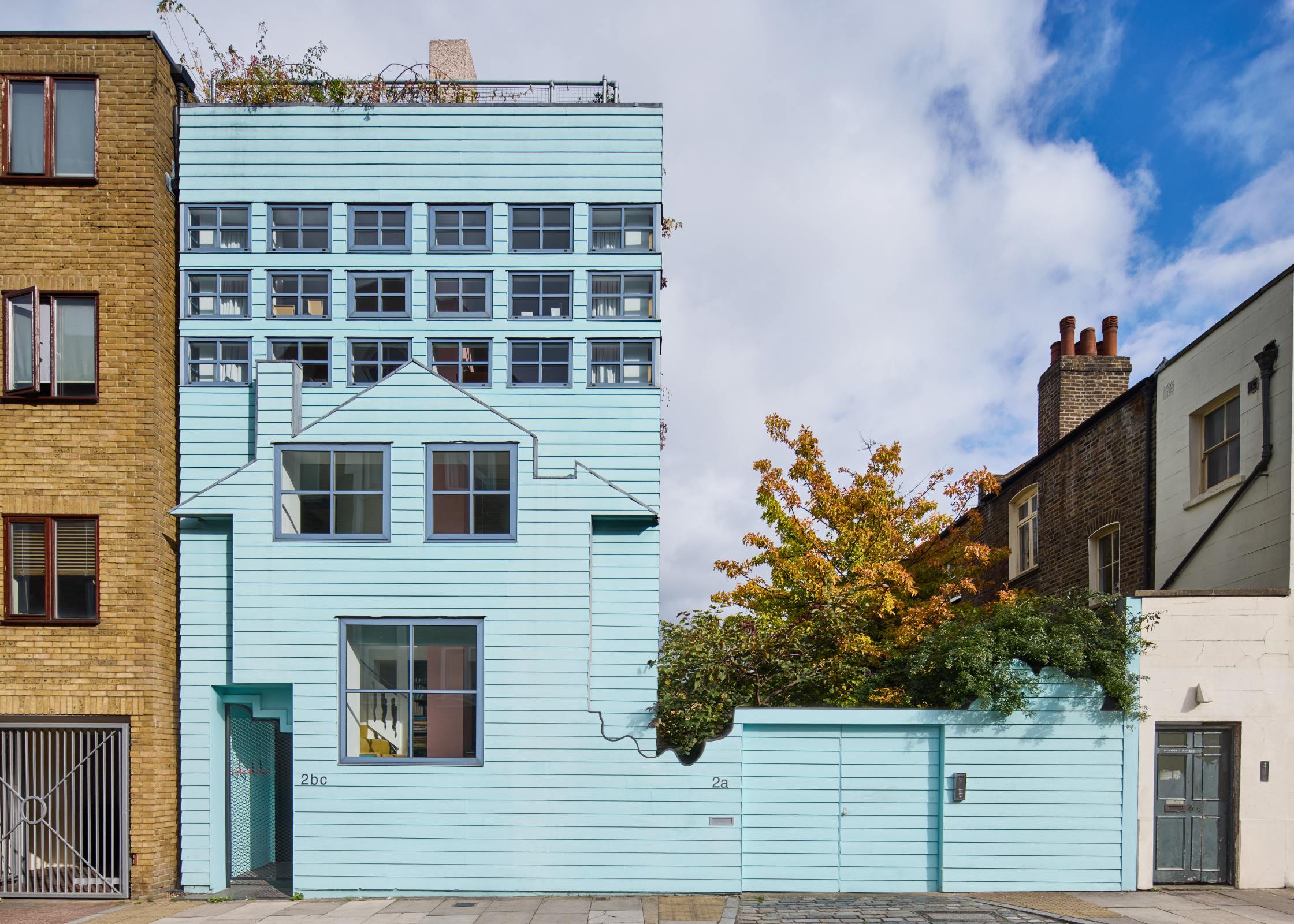 This house in glorious technicolour is the perfect antidote for the grey days of a British winter — so why don't more of us live in brightly coloured homes?
This house in glorious technicolour is the perfect antidote for the grey days of a British winter — so why don't more of us live in brightly coloured homes?It's not often that you see a home sporting the colour palette that you'd get if you hired a four-year old as your interior designer. But why not? The Blue House in Bethnal Green asks this and many more questions.
-
 How common are you according to Nicky Haslam? Take our quiz
How common are you according to Nicky Haslam? Take our quizToday's quiz takes a detailed look at Nicky Haslam's annual list of things he finds common, and sells on a Christmas tea towel for £50.
